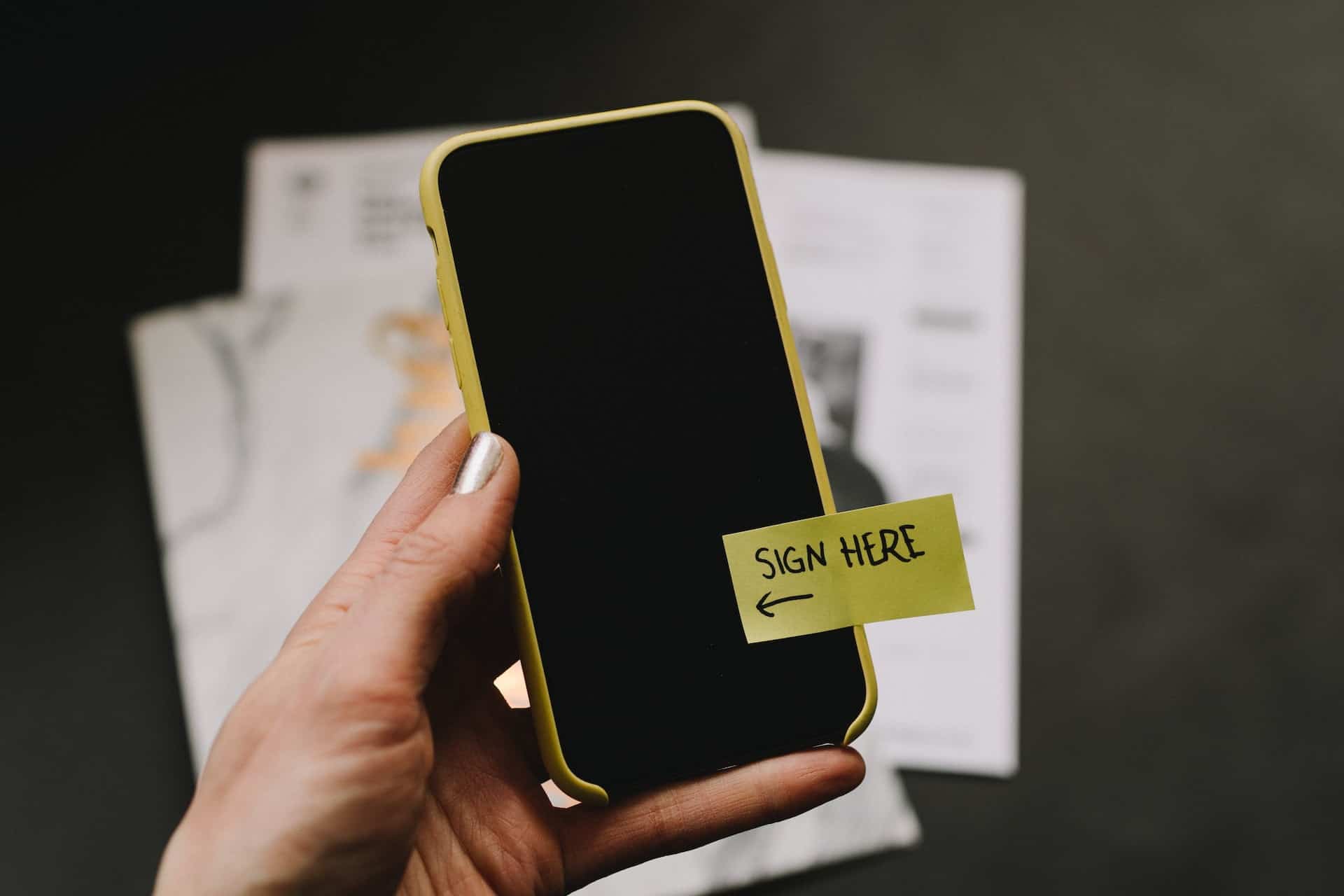Electronic signatures, commonly called eSignatures, have revolutionized how documents are signed and processed. In today’s fast-paced digital world, eSignature services have become an integral part of businesses, offering a streamlined and efficient way to sign contracts, agreements, and other documents.
If you’re searching for the best electronic signature service, you’ve come to the right place. In this article, you’ll delve into the technology behind eSignatures, their security features, and various applications in different industries.
Understanding The Basics Of eSignatures
eSignatures are representations of a person’s handwritten signature created using a combination of encryption, authentication, and digital certification to ensure the document’s integrity and security. The process involves several key components:
- Authentication And Identity Verification: Before a signature can be applied, the signer’s identity must be verified through various methods, such as knowledge-based authentication (answering security questions), two-factor authentication (receiving a code on a mobile device), or biometric verification (using fingerprint or facial recognition).
- Digital Certificates: A digital certificate issued by a trusted certificate authority (CA) links the signer’s identity to the eSignature. It contains the signer’s public key, ensuring that anyone with access can verify the signature.
- Encryption: To protect the document from tampering or interception, the content is encrypted using secure encryption algorithms to ensure only authorized parties can access and modify the document.
- Audit Trail: An essential feature of esignature services is creating an audit trail that records every action taken on the document, such as when it was sent, viewed, and signed. It provides a comprehensive history of the document’s journey, enhancing transparency and accountability.
Electronic signatures offer a secure and efficient way to electronically sign documents, ensuring integrity and trust in digital transactions across various industries.
How Esignatures Work In Practice
Now that you’ve covered the fundamental components, you can know how eSignatures work in practice, step by step:
- Document Preparation: The process begins with the sender uploading the document that requires a signature to the best electronic signature service of their choice. The document can be in various formats, such as PDF, Word, or even image files.
- Signer Notification: Once the document is uploaded, the sender specifies the recipients and their roles as signers or reviewers. The eSignatures service sends email notifications to the recipients to access the document.
- Authentication: When the recipient accesses the document, they undergo an authentication process to verify their identity. This step ensures that only authorized individuals can apply their eSignatures.
- Signature Placement: After authentication, the recipient is guided to the area of the document where their signature is required. They can apply their signature using various methods, including typing, drawing, or pre-saved signature.
- Encryption and Digital Certification: Once applied, the document is encrypted to protect its contents. Simultaneously, the signer’s identity and the signature are linked via a digital certificate, ensuring the authenticity of the eSignatures.
- Document Completion: Once all required signatures are in place, the document is marked completed. The sender and the signers receive copies of the final document for their records.
- Audit Trail Generation: Throughout this process, the eSignature service records every action taken on the document, creating a detailed audit trail that provides a chronological history of the document’s lifecycle.
This streamlined process enhances efficiency and ensures the security and authenticity of electronically signed documents, making eSignatures a valuable tool today.
Security Measures in eSignature Services
The security of electronic signatures is paramount, as they are often used for legally binding agreements. To ensure the highest level of protection, eSignature services employ several measures:
- End-To-End Encryption: All data transmitted during the eSignature process is encrypted using advanced encryption protocols. This safeguards the document and the signer’s personal information from interception.
- Secure Storage: Esignature services store documents and associated data in secure data centers protected by robust security measures, including firewalls, access controls, and continuous monitoring.
- Compliance: Reputable eSignature services comply with industry standards and regulations, such as the Electronic Signatures in Global and National Commerce (ESIGN) Act and the European Union’s eIDAS Regulation. Compliance ensures that the eSignatures are legally recognized.
- Access Control: Access to eSignatures platforms and documents is tightly controlled, with role-based permissions restricting who can view, edit, or sign documents.
- Authentication Methods: Multi-factor authentication methods, such as biometrics and one-time passcodes, are employed to verify the identity of signers and prevent unauthorized access.
These security measures guarantee the integrity, legality, and confidentiality of electronically signed documents, making them a trusted solution for sensitive transactions.
Applications Across Industries
eSignatures services have applications in various industries, simplifying processes and reducing paperwork. Here are some examples:
- Real Estate: In the real estate industry, eSignatures streamline the home buying process. Buyers, sellers, and agents can sign contracts and agreements electronically, reducing the time it takes to close deals.
- Financial Services: Banks and financial institutions use eSignatures for loan applications, account openings, and investment agreements. This accelerates the onboarding process for customers.
- Healthcare: Medical professionals can obtain patient consent forms and signatures electronically, enhancing the efficiency of healthcare documentation while ensuring compliance with privacy regulations.
- Legal: Law firms and legal professionals use eSignatures for client agreements and contracts, improving document management and reducing the need for physical paperwork.
- HR And Recruitment: Human resources departments use eSignatures for employee onboarding, allowing new hires to complete paperwork remotely.
eSignatures have become a versatile tool that enhances efficiency and convenience across numerous sectors, reducing paperwork, saving time, and improving the overall customer experience.
Conclusion
eSignatures have become indispensable tools in modern business, offering convenience, security, and efficiency. Understanding the technology behind electronic signatures and their various applications across industries is essential for organizations and individuals seeking the best electronic signature service. Embracing this technology can significantly streamline document-related processes and enhance overall productivity.
So, whether you’re a business owner, a legal professional, or a healthcare provider, exploring eSignatures services can be a game-changer for your operations.
